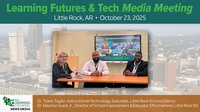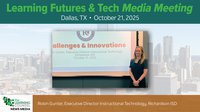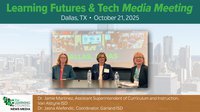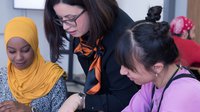There are all sorts of advances that have promised to change the face of education as we know it. Some of them, like computers and tablets, have created opportunities and learning avenues that wouldn’t have been an option just a few decades ago. But for the most part, the traditional classroom has withstood any sort of real change—until now.
That’s because blended learning is re-casting the way students and educators experience and deliver education. In a nutshell, blended learning is a hybrid, part classroom and part digital experience. Students learn part of the time in a space with a teacher in front of them. The rest of the time, their learning is done digitally—watching instruction, for example, or working through examples.
For students who learn at a different pace than others in the classroom, blended learning offers distinct advantages. They can work ahead if they’re at that level, or they can watch things multiple times until the concepts become clearer. Educators can also rely on several different models of blended learning in order to best meet the needs of their students and families.
Blended learning isn’t quicker by any means—in fact, it often takes more time than a traditional setup. And there are serious questions about participation, requirements, and more that must be answered before a school should participate in blended learning. This graphic can help sort out what those are and more.
Visit Quill.com for more information.











